
TLDR: Own being a memorable podcast guest with our top suggestions on research, engagement and promotion. Follow our podcast best practices for successful guest appearances!
So what? Being a memorable podcast guest can boost your brand, broaden your professional network and open doors to new opportunities. Mastering podcast etiquette will ensure that you leave a lasting, positive impression.
Introduction
Podcasts have been around for a few decades, but in recent years they’ve become a staple of media consumption, with audiences tuning in for everything from politics to true crime. Being a memorable podcast guest can significantly boost an individual or company’s brand and open new opportunities.
When we recently featured LipDub.AI Vice President of Marketing Benjamin Hoehn on a recent episode of Media Shower’s own podcast series, he was well-prepared, engaging, and informative: a great model for how to be a great guest.
In this guide, we’ll equip you with the tips, strategies and best practices you need for becoming the guest everybody wants on their show. Whether you want to understand podcast etiquette or learn how to podcast effectively, you’ll find valuable insights below.
Preparing for the Podcast
So you’ve been invited to (or otherwise made it onto the guest list of) a podcast. What now?
1. Do Your Research
First, listen to the podcast that’s hosting you, so you know its theme and audience and are acquainted with its tone and style. (Amazing how many people don’t do this!)
Get familiar with the host’s preferences, quirks, and sense of humor (if they have one). This will help you anticipate the kinds of questions you’ll be asked, as well as the way the host generally runs the show.
Example in action: Hoehn’s recent guest spot on the Media Shower podcast. His presentation made clear that he’d done his homework; he knew our audience and what they expected to learn.
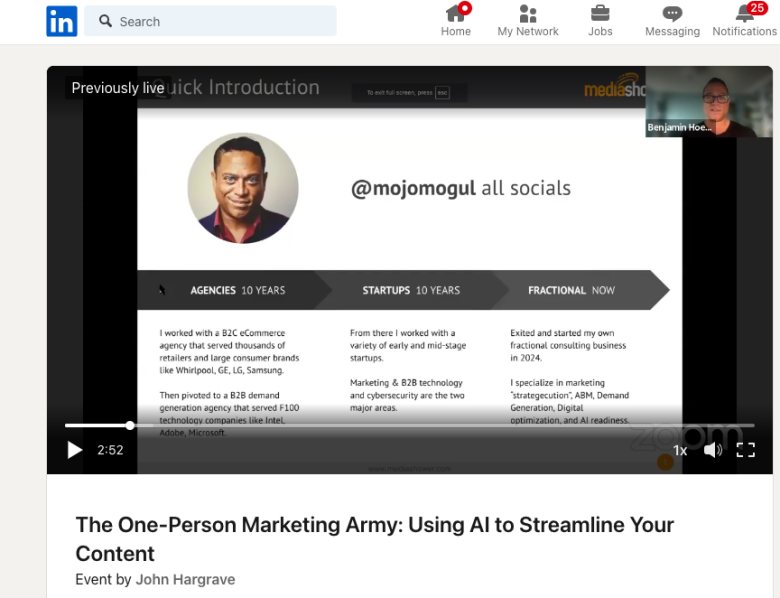
2. Know Your Audience
Learn the profile of the podcast’s target audience. Then tailor your message to that audience’s interests and needs. Speaking to listeners in a way that identifies and solves their problems increases the impact of your message.
Example in action: Popular business podcast “The Tim Ferriss Show.” Just about every guest seems like an expert on Ferriss’ audience, often directly addressing pain points and other concerns of the regular show listeners.

3. Write Down Your Talking Point
Note the main points you want to make, so you stay focused and don’t wander too far afield. Practice telling stories that illustrate your points; they’ll make your presentation or responses more likely to stick with people.
Example in action: “The Moth,” a podcast known for its guests’ evocative storytelling. This show manages to make listeners feel exactly what the guests intended, and that’s no easy task.

4. Prep Your Setup
Make sure you have everything you need for a stellar guest experience.
- Microphone: Try the RØDE NT-USB, the ATR2100 or the Samson 2QU, each of which you can find for under $100.Ask if the host will be recording video; if so, you’ll need a camera, tripod, and light:
- Cameras: Try the Canon EOS R50 or Sony Alpha ZV-E10
- Tripod: MeFoto RoadTrip is a good option.
- Light: Neewer Pro 18″ LED Ring light (note: lighting is the trickiest part to get right, so see this guide and consider multiple lights).
- Internet: Don’t forget a stable internet connection; you’ll require it for clear, uninterrupted audio and video.
- Space: You’ll also need a space where you won’t be interrupted or distracted and can count on quiet. If shooting video, be sure your background is as clean, uncluttered, and well-lit as possible.
Example in action: “Radiolab.” This is one of the best-known science podcasts out there, and for good reason: its production quality is impeccable.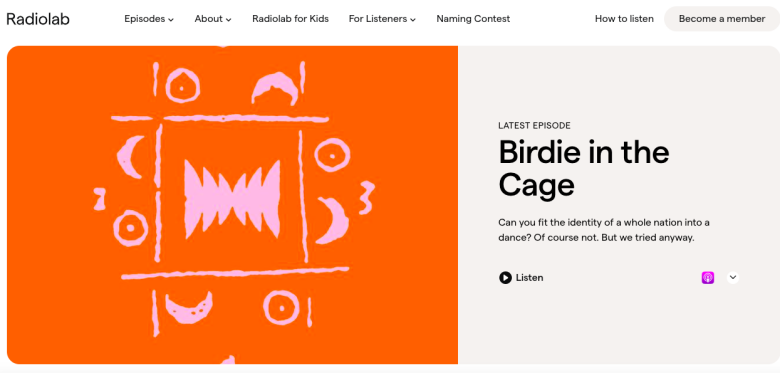
During the Podcast
1. Create a Rapport with Your Host
Start things off with some friendly small talk to break the ice. Showing interest in the host in a way that makes clear you pay attention to their work will go a long way in establishing a solid connection between you two.
Example in action: Hoehn’s guest appearance on the Media Shower podcast. Hoehn connected with host and Media Shower CEO John Hargrave by talking about shared interests and previous podcast episodes.
2. Communicate with Clarity and Confidence
When it’s your turn to talk, make sure your pace is neither too quick nor too slow and that your diction is clear. Also, stay away from jargon, overly technical terms and anything else that could be considered “inside baseball.” Keep your explanations simple and comprehensible by a broad audience.
Example in action: “TED Radio Hour.” This podcast features TED speakers who are experts in various fields, including technology, education, art and psychology, and they’re chosen for their ability to convey complex ideas in a way that makes them accessible and interesting.
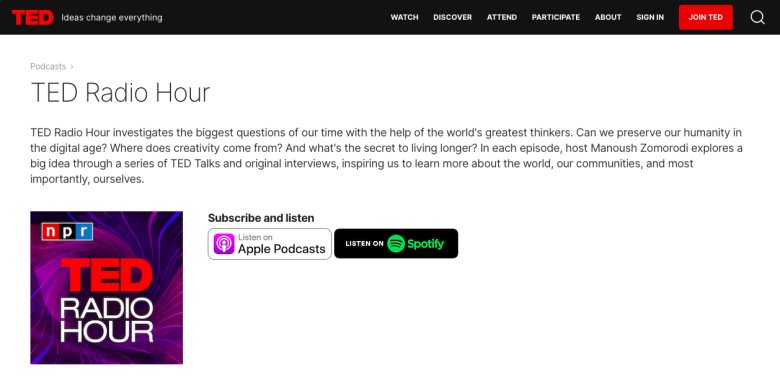
3. Engage and Respond
Be an active listener throughout your time on the podcast. When responding to the host’s questions, don’t race to answer. Respond with thought. This shows respect for the host and the listeners and keeps the conversation from detouring into meaninglessness. Sharing actionable tips and real-life stories will keep listeners interested and make your message more memorable.
Example in action: Guy Raz’s “How I Built This.” Guests frequently offer deep insights into the entrepreneurial process, from an initial idea to scaling a business.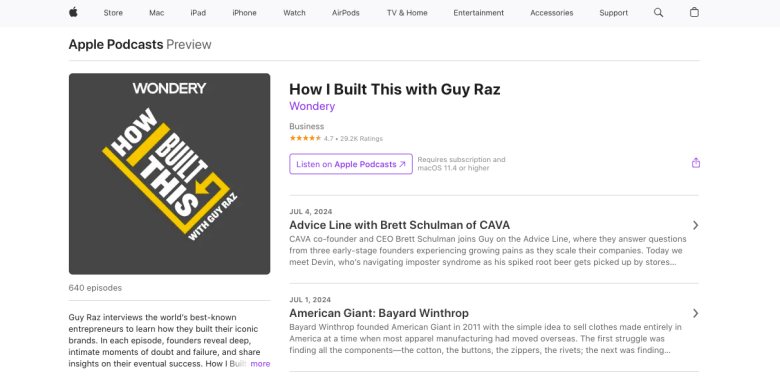
After the Podcast
1. Promote the Episode
Once the episode is live, share it on all your social media platforms and professional networks. Urge your followers to listen and engage with it; consider asking for their thoughts and/or feedback on the episode.
Example in action: Hoehn leveraged his sizable LinkedIn network to bolster the reach of his podcast appearance, spotlighting the usefulness of promotion.
2. Follow Up
Those manners your parents taught you weren’t for nothing. Use them to send a thank-you note or an email to the podcast host expressing your gratitude for the opportunity to be on the show.
It’s a simple gesture that won’t take you much time or effort – yet it will do wonders to build a lasting professional relationship with the host. (If you enjoyed the experience, consider offering to return for future episodes, too!)
Example in action: Tim Ferriss and Brené Brown. Well-known researcher/author Brown has been a guest on Ferriss’ podcast several times, and as a result, Brown and Ferriss have built a strong professional relationship. Ferriss frequently recommends Brown’s books to his listeners.
3. Interact with the Audience
Engage with the podcast’s listeners by responding to their comments and questions. This will show that you value their input and help you forge relationships that could lead to business for you down the road.
Example in action: (OK, so he’s the host, not a guest, but … ) Pat Flynn, host of the “Smart Passive Income” podcast. Flynn used feedback from the audience to refine the content and promotional strategy of what became a best-selling book, “Will it Fly?”
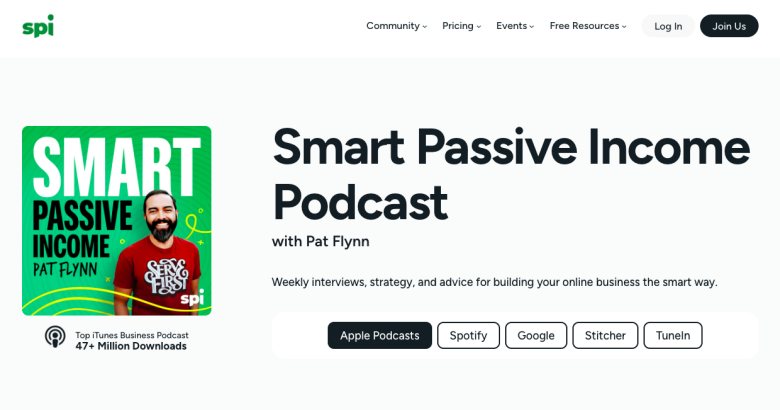
Conclusion
Becoming a memorable, in-demand podcast guest means thorough preparation, effective communication and active audience engagement.
By researching the podcast ahead of time, understanding the audience, prepping main talking points and ensuring that you have a great-sounding (and great-looking!) setup, you can make a lasting impact that can expand your brand.
During the podcast, focus on building rapport with the host, communicating clearly and sharing interesting, valuable content. Afterward, promote the episode and engage with the audience.
By implementing these podcast best practices you can be a standout podcast guest – and that can mean getting asked back again and again.
______________________
At Media Shower, we’ve helped over 500+ clients improve their communication and marketing. Click to get a free trial of the Media Shower marketing platform.